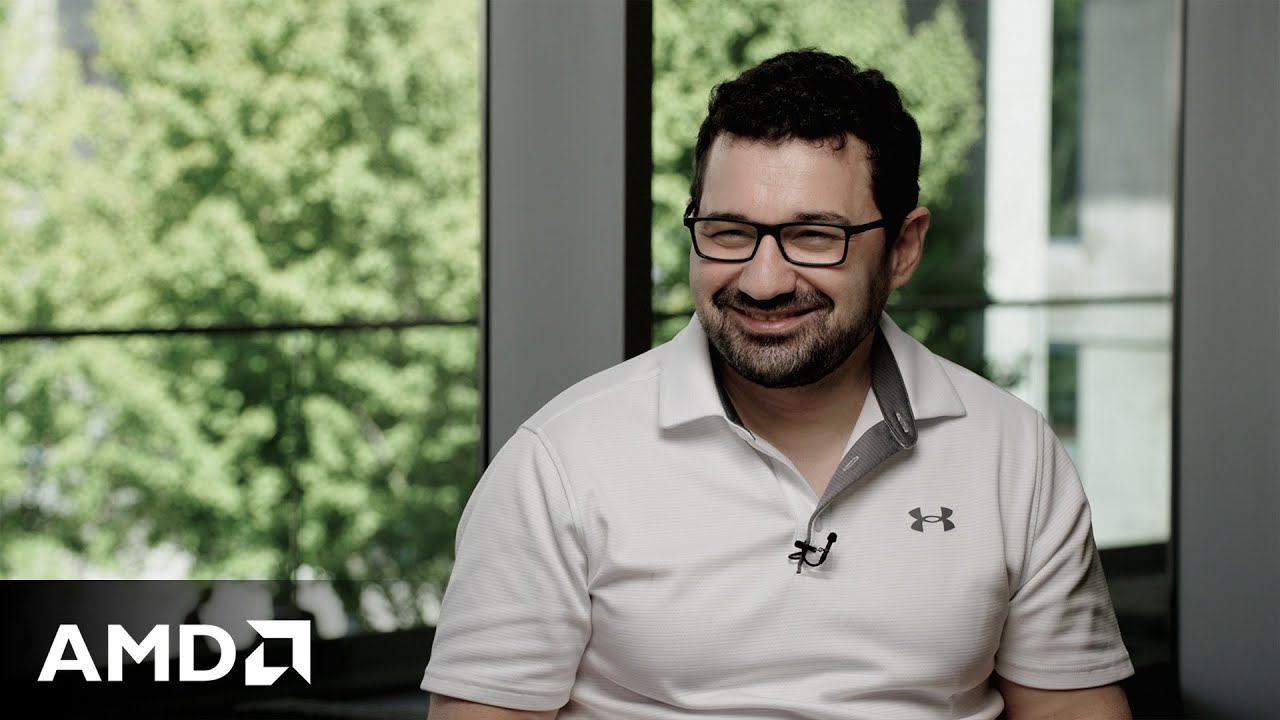AMD is committed to democratizing AI by providing developers with open-source AI models, tools, and fast access to AMD GPUs through the AMD Developer Cloud, fostering rapid innovation and broad accessibility. Their approach includes developing agentic AI systems, optimizing the entire hardware stack, and actively growing their AI talent to drive advancements in the AI ecosystem.
In this discussion, Anush Elangovan, VP of Software Engineering at AMD, and Emad Barsoum, leader of AMD’s AI models group, emphasize the critical role of developers in advancing AI technology. They highlight AMD’s commitment to democratizing AI by providing developers with easy and fast access to AMD GPUs through the AMD Developer Cloud. This platform allows developers to innovate and build AI solutions efficiently, fostering broader access to AMD hardware and accelerating AI development.
Emad details AMD’s approach to AI model development, underscoring their open-source philosophy. The team builds a wide range of AI models, including large language models (LLMs), vision-language models, and text-to-video models, all trained end-to-end on AMD clusters. AMD releases not only the models but also the source code, training scripts, and datasets under permissive licenses, enabling researchers and developers to reproduce results and build upon their work freely. This transparency and openness set AMD apart in the AI community.
Speed and rapid innovation are other key themes discussed. Emad points out the fast pace of progress with AMD’s ROCm 7 software stack, which is updated frequently to incorporate the latest advancements. This rapid development cycle benefits the open-source community and AI researchers by providing cutting-edge tools and optimizations quickly. The team’s ability to quickly productize and integrate community contributions accelerates the overall AI ecosystem’s growth.
The conversation also explores the concept of agentic systems, which are AI-driven processes that autonomously perform multiple tasks without constant human input. Emad explains that these systems use large language models as a backend and coordinate various agents to automate complex workflows such as code optimization, scheduling, and business planning. AMD’s holistic approach optimizes the entire hardware stack—including CPU, memory, and GPU—to deliver efficient performance for these advanced AI applications.
Finally, talent acquisition and growth are highlighted as essential to AMD’s AI ambitions. Emad discusses the company’s strategy of combining organic growth with strategic acquisitions to build a strong AI team covering software, hardware, and ecosystem programming. AMD is actively hiring across all levels and encourages interested candidates to join their expanding AI efforts. This focus on talent ensures AMD remains competitive and innovative in the rapidly evolving AI landscape.
